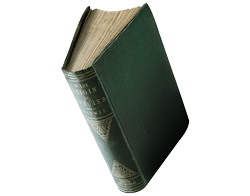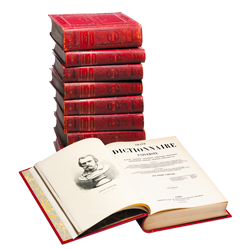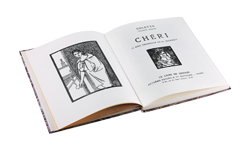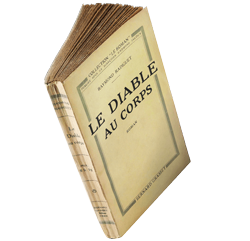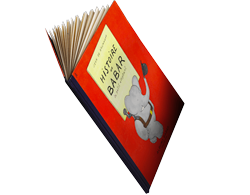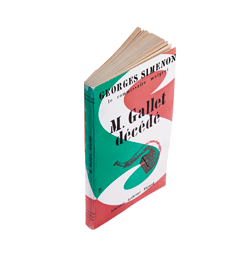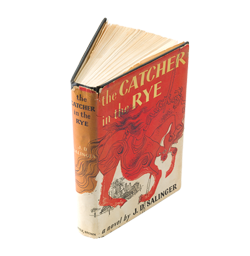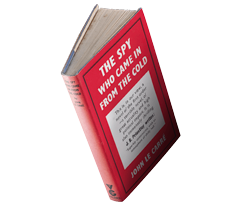Our hall of fame
In more than 170 years, the publishing houses that now make up Hachette Livre have produced many a masterpiece. Several of those works have left their mark on publishing history by igniting a major scandal, being rewarded with huge success, or because they were a turning point in the history of ideas or in the substance or style of storytelling.
They have entered Hachette Livre’s “hall of fame” and serve as a constant reminder of the standards Hachette Livre publishers are expected to live up to, today and in the future.
It was with this “perfectly impersonal” book, as it was described by Charles-Augustin Sainte-Beuve, that Gustave Flaubert invented the “modern” novel. Madame Bovary was the fruit of five years of work and recounts the romantic fantasies and frustrations of a woman who is unable to escape her life as a provincial doctor’s wife. The novel was published as a serial in 1856, and this “poem of adultery” (according to the French prosecutor Ernest Pinard) caused a scandal. It was judged to be “offensive to public decency and religious morality and to good morals,” but Flaubert was ultimately acquitted. Madame Bovary was a huge success, then faded in the wake of symbolism and naturalism before becoming universally recognized as a classic in the twentieth century.
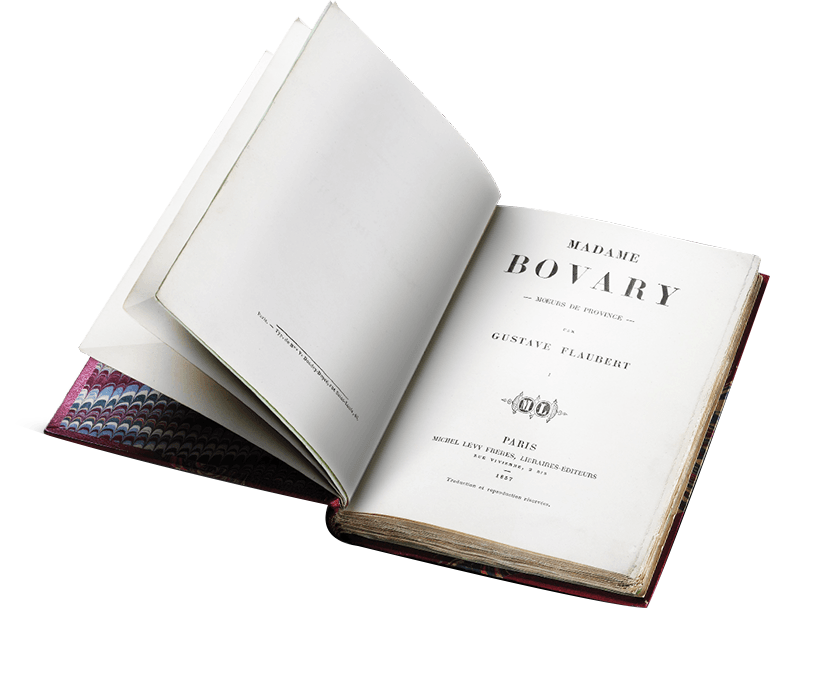
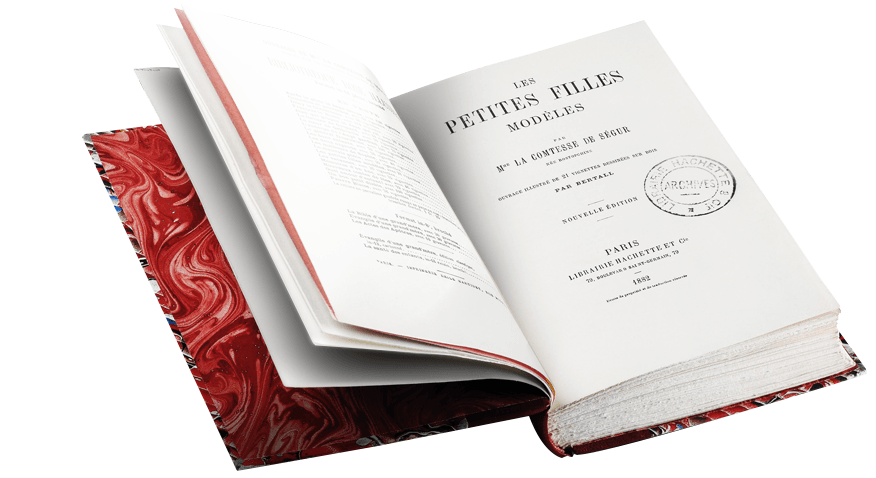
Les Petites Filles modèles (Model Little Girls) is the second of The Fleurville trilogy, coming after Les Malheurs de Sophie (Sophie’s Misfortunes) and before Les Vacances (Holidays), and was published in 1858. The Comtesse de Ségur describes the relationship between three girls, Camille, Madeleine and Marguerite, who are shaken up by the arrival of a fourth, Sophie. This novel explores good and evil. It is one of the first with a little girl heroine, before Victor Hugo’s Cosette (1862) and Lewis Carroll’s Alice’s Adventures in Wonderland (1865).
Charles Darwin began to note his thoughts on evolution as early as 1837 upon his return from a trip to South America, Australia and Africa. His plan was to draw on 20 years of observations, research and theory to write a major work. Yet, under pressure from a rival essay, he ended up condensing it into a short volume, published in 1859. On the Origin of Species by Means of Natural Selection, or the Preservation of Favoured Races in the Struggle for Life became the book that would drive a wedge between science and religion. It caused huge controversy, equaled by its commercial success and reputation as a groundbreaking work.


Pierre Larousse invented the encyclopedic dictionary with the publication of his 17-volume Grand dictionnaire universel (Great Universal Dictionary) in the nineteenth century. He wrote the better part of the work himself over the last 11 years of his life. It is the first work to combine a dictionary of the French language and a dictionary of proper names with a number of long encyclopedic articles. The first volume appeared in 1863. Pierre Larousse died in 1875, before the final volumes had been published.
Chéri, the story of the relationship between a 50-year-old courtesan and her young lover, was written in 1912, well before Colette’s affair with Bertrand, her husband Henry de Jouvenel’s son, although the novel was not published until 1920. Chéri is a bittersweet tale of impending loss that probes deep into the human psyche and offers an ironic depiction of the Parisian demi-monde. It is one of Colette’s major works.
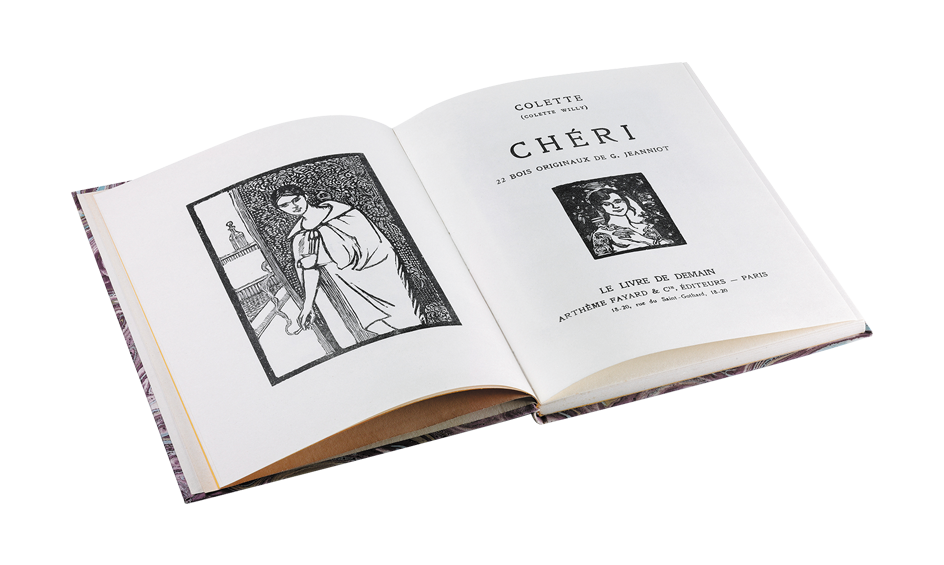
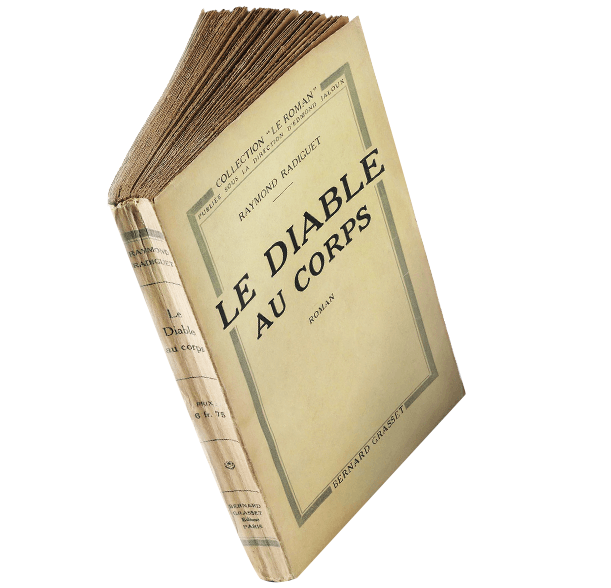
Le Diable au corps (The Devil in the Flesh) is a partly autobiographical description of World War I through the eyes of a precocious teenager involved in an affair with the wife of a soldier who is away, fighting on the front. Grasset’s decision to publish the work in 1923 ran the risk of offending public opinion in a country that was still mourning its war heroes and had made patriotic sacrifice a key value. The author, Raymond Radiguet, died of typhoid fever that same year at the age of 20, adding another dimension to his myth.
When Jean de Brunhoff’s Histoire de Babar, le petit éléphant (The Story of Babar) was published in France in 1931, it met with immediate success. An American publisher then decided to publish the book in the United States, where it soon became just as popular. Jean de Brunhoff continued to produce new stories of Babar the Elephant until he died in 1937. His son Laurent de Brunhoff has been writing new adventures since 1946.
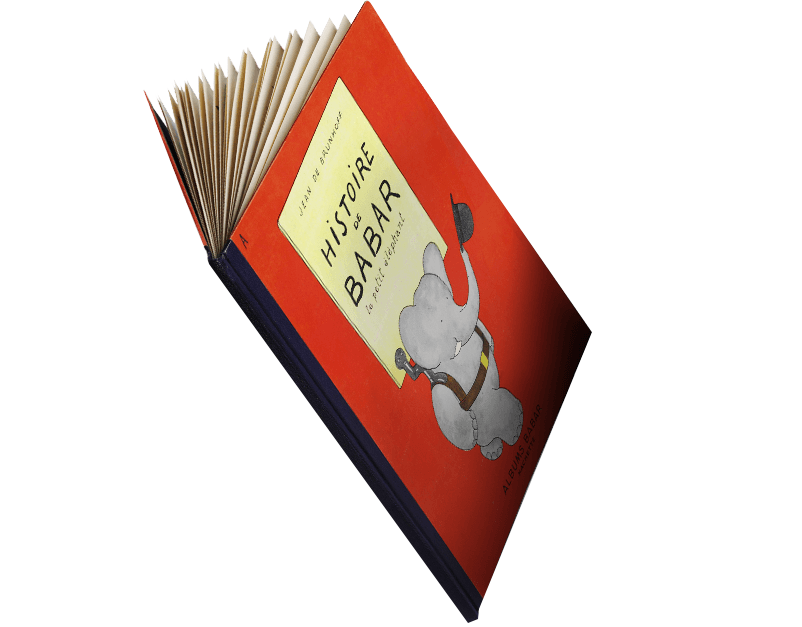

Georges Simenon’s Commissaire Maigret stands out among detectives for his investigative methods and his personality. This quiet and secretive character, with his trademark pipe, appears for the first time in M. Gallet, décédé (The Death of Monsieur Gallet/Maigret Stonewalled). Maigret is the empathic, solitary hero of 75 detective novels and 28 short stories published from 1931 to 1972. Simenon was acknowledged as a master storyteller by such French authors as Mauriac, Gide and Céline, most certainly because his works reach beyond the detective genre to the theme of human destiny.
The Famous Five recounts the adventures of a group of four child detectives and their dog, starting with Five on a Treasure Island, which was published in 1942. The series of 21 books was written by the English author Enid Blyton. Upon her death in 1968, the universally successful stories of Julian, Dick, Anne, Georgina and Timmy continued, with novelist Claude Voilier writing 24 new episodes for the series. For the first time since 1985, a new title, The Famous Five’s Survival Guide: includes the NEW Unsolved Mystery, was published in 2009.


This saga tells the story of the compelling and unforgettable love affair between Bella Swan and the vampire Edward Cullen. The author, Stephenie Meyer, says she had the idea for Twilight in a dream in 2003. She had never written anything before, yet when she woke up she set to work and within a few months turned her dream into a novel. The saga includes five volumes: Twilight (2005), New Moon (2006), Eclipse (2007), Breaking Dawn (2008) and The Short Second Life of Bree Tanner (2010), plus a special 10th anniversary publication, Life and Death: Twilight Reimagined (2015), and was a hit with teenagers and adults everywhere. Stephenie Meyer made publishing history by becoming one of three authors (J.K. Rowling and Dan Brown are the other two) who emerged from obscurity to claim truly global fame after building a following of millions of fans in dozens of countries almost overnight. Twilight was the number one global bestseller of the 2000s, with more than 155 million books sold in more than 49 languages worldwide.
J. D. Salinger (1919–2010) began contributing short fiction to The New Yorker in 1946. His first book, The Catcher in the Rye, was published five years later. The novel – set in New York City and covering three days in the life of a 16-year-old boy – has remained continuously in print and has been embraced by successive generations of readers around the world. It has also frequently appeared on lists of banned books and, according to the American Library Association, has been a “favorite of censors since its publication.” Salinger also wrote Nine Stories, Franny and Zooey, Raise High the Roof Beam, Carpenters and Seymour – An Introduction. In August 2019, Salinger’s publisher Little, Brown released ebook editions of his work for the first time.
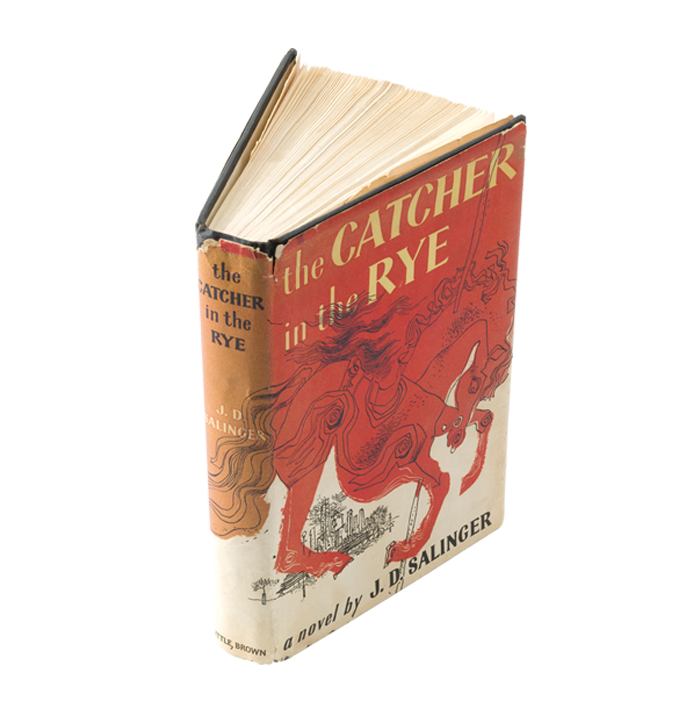
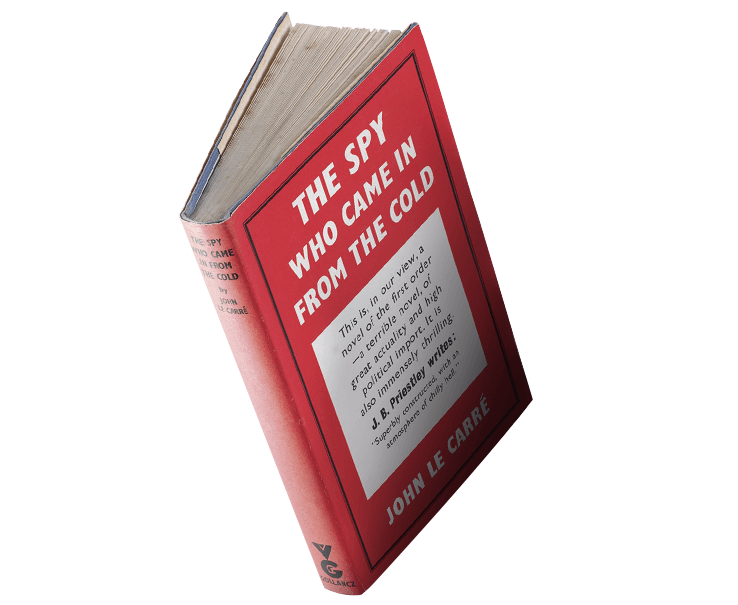
When John le Carré’s first novel was published in 1963, in the middle of the Cold War, it exploded like a political bombshell, but more importantly, it was a major literary event. It is a story revealing the methods used by the Western secret services, elevating the spy novel genre to heretofore unknown levels of literary respectability. Unlike James Bond, who was created 10 years earlier by Ian Fleming, le Carré’s spy lives in a realistic world where justice does not always prevail. In 2006, the American magazine Publishers Weekly named The Spy Who Came in from the Cold as “the best spy novel of all time.”
It all began in 1959. The writers René Goscinny and Albert Uderzo were under pressure. They had to create an original comic strip series based on French culture for the first issue of Pilote magazine, which was due to come out a few weeks later. To find inspiration for their heroes, they had a great time digging into the entire history of France, stopping at the period of the Gauls. Asterix appeared for the first time on October 29, 1959. Soon, the whole of Gaul was occupied by the Romans, the magic potion, hilarious puns and mysterious Latin quotes. Today, The Adventures of Asterix series is a publishing phenomenon with 380 million books sold worldwide in more than 110 languages and dialects.




